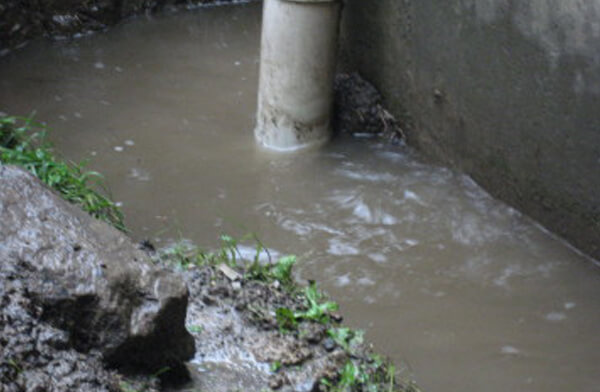Overview To Water Leak Discovery In The House
Overview To Water Leak Discovery In The House
Blog Article
Do you find yourself on the lookout for know-how on Hacks to detect leaks?

Early detection of leaking water lines can reduce a possible calamity. Some small water leaks may not be visible.
1. Check Out the Water Meter
Every house has a water meter. Examining it is a surefire way that assists you find leaks. For beginners, switch off all the water sources. Make certain nobody will certainly flush, make use of the faucet, shower, run the cleaning machine or dishwasher. From there, go to the meter as well as watch if it will certainly change. Considering that no person is using it, there ought to be no motions. If it relocates, that shows a fast-moving leak. If you detect no adjustments, wait a hr or two as well as inspect back again. This indicates you may have a slow-moving leak that might also be below ground.
2. Inspect Water Consumption
Evaluate your water expenses and also track your water usage. As the one paying it, you must see if there are any inconsistencies. If you detect sudden changes, in spite of your usage coinciding, it suggests that you have leakages in your plumbing system. Remember, your water bill must drop under the exact same array every month. An abrupt spike in your bill suggests a fast-moving leak.
Meanwhile, a steady boost each month, despite the very same routines, reveals you have a sluggish leak that's additionally slowly escalating. Call a plumber to completely examine your home, especially if you feel a warm location on your floor with piping below.
3. Do a Food Coloring Examination
When it comes to water consumption, 30% comes from toilets. If the shade in some way infiltrates your dish during that time without flushing, there's a leak between the tank and dish.
4. Asses Exterior Lines
Do not fail to remember to check your outdoor water lines as well. Needs to water leak out of the link, you have a loosened rubber gasket. One small leakage can waste heaps of water as well as surge your water bill.
5. Examine as well as Analyze the Situation
Homeowners should make it a habit to examine under the sink counters as well as also inside cupboards for any type of bad odor or mold and mildew growth. These 2 warnings suggest a leak so prompt attention is called for. Doing regular assessments, even bi-annually, can save you from a significant trouble.
Check for discolorations as well as deteriorating as the majority of devices and also pipes have a life span. If you believe leaking water lines in your plumbing system, don't wait for it to rise.
Early detection of leaking water lines can reduce a prospective calamity. Some little water leakages may not be visible. Examining it is a guaranteed way that helps you uncover leaks. One tiny leakage can squander tons of water and also surge your water bill.
If you believe leaking water lines in your plumbing system, do not wait for it to intensify.
WARNING SIGNS OF WATER LEAKAGE BEHIND THE WALL
PERSISTENT MUSTY ODORS
As water slowly drips from a leaky pipe inside the wall, flooring and sheetrock stay damp and develop an odor similar to wet cardboard. It generates a musty smell that can help you find hidden leaks.
MOLD IN UNUSUAL AREAS
Mold usually grows in wet areas like kitchens, baths and laundry rooms. If you spot the stuff on walls or baseboards in other rooms of the house, it’s a good indicator of undetected water leaks.
STAINS THAT GROW
When mold thrives around a leaky pipe, it sometimes takes hold on the inside surface of the affected wall. A growing stain on otherwise clean sheetrock is often your sign of a hidden plumbing problem.
PEELING OR BUBBLING WALLPAPER / PAINT
This clue is easy to miss in rooms that don’t get much use. When you see wallpaper separating along seams or paint bubbling or flaking off the wall, blame sheetrock that stays wet because of an undetected leak.
BUCKLED CEILINGS AND STAINED FLOORS
If ceilings or floors in bathrooms, kitchens or laundry areas develop structural problems, don’t rule out constant damp inside the walls. Wet sheetrock can affect adjacent framing, flooring and ceilings.
https://www.servicemasterbyzaba.com/blog/how-to-detect-water-leakage-in-walls/

As a keen reader about Leaking water lines, I thought sharing that piece of content was essential. Sharing is good. Helping others is fun. Thank you so much for taking the time to read it.
Report this page